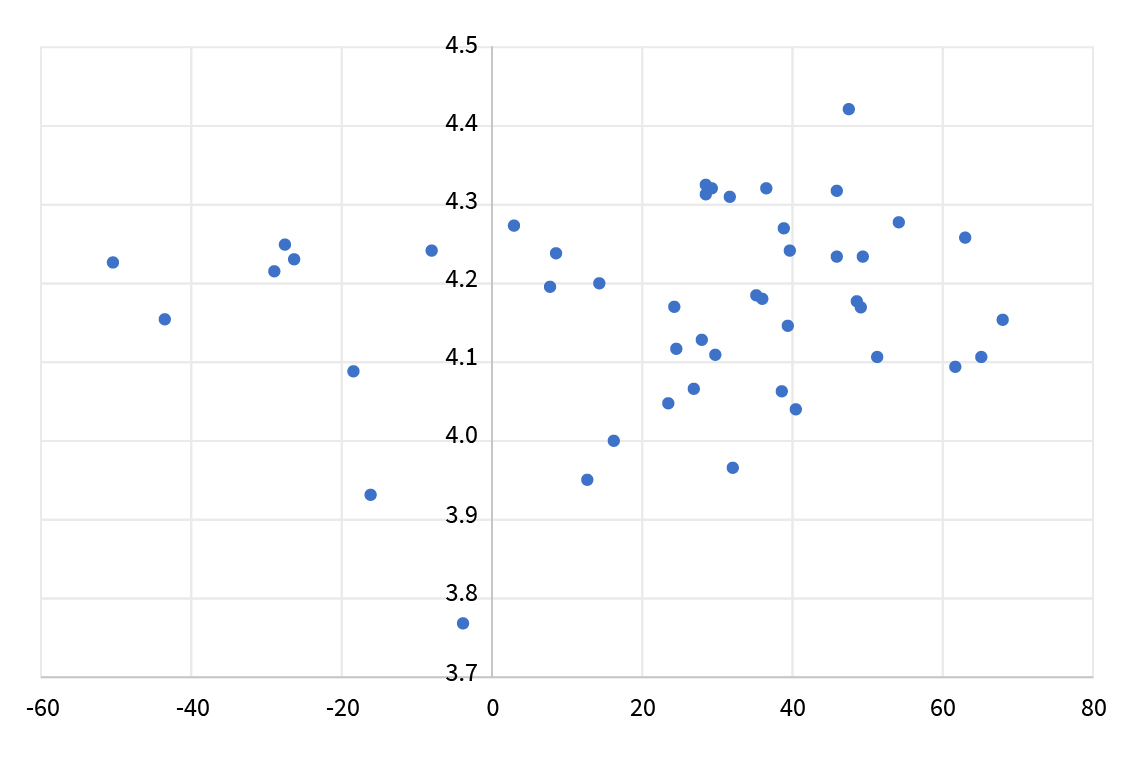New Insights Into Physician Burnout
The topic of physician burnout has been talked about for a few years, and new data is highlighting the problem as a significant determinant to physician productivity loss and ultimately suicide.
The rate of burnout is now estimated at 50% of the physician population—that is a staggering figure that will only rise as the demands on the healthcare system significantly increase in the next 5 to 10 years, as baby boomers enter Medicare eligibility. The time to address this growing epidemic is now, and several initiatives are underway to help reduce the causes of physician burnout, as shown in this chart:

Source: Jane Sharp @HealthcareScene HIMSS 2018 – Physician Suicide and Clinician Engagement Tools
While there is a diagnosis code for burnout (ICD-10 Z73.0) the multiple factors that lead to a diagnosis are still being uncovered. Many point to the demands of medical training and the hard-charging perfectionist demands it places on early physicians as a precursor to burnout.
With respect to the 50% of providers that are in independent private practice, physicians are exposed to a new set of incremental stressors related to running a small business, managing employees and satisfying regulatory requirements.
Medical schools traditionally have not adequately prepared physicians for the realities of private practice, and for many the enormous stress leads to burnout.
As a clinical leader for an EHR vendor serving independent medical practices, I am intimately aware of the clerical load that any EHR imposes on physicians and contributes to burnout. While we strive daily to reduce this burden, our efforts are at odds with the evolving regulatory requirements placed on the vendor and provider as we transition to value-based care.
The graph below, based on 2017 KLAS research, illustrates the lack of a strong correlation between EHR usage and physician satisfaction, despite public perception. The X-axis represents provider burnout and the Y-axis represents EHR satisfaction, the lack of a linear relationship or correlation is apparent. (A stong correlation would show a line sloping downward from left to right.)
Average of Fulfillment Rating

As stakeholders in the physician community, CMS and EHR vendors need to push for simplification and enhanced technology to reduce burnout, and drive improvement where possible. In support of this notion, the current leadership at CMS has recently initiated programs to reduce provider burden related to MIPS/MACRA. This is a step in the right direction in my opinion and has been met with positive feedback. Many feel, however, the greatest practical gains in reducing burnout and related suicide are based in early detection and appropriate treatment.
Several new burnout assessments can be applied routinely to assist in detecting at-risk providers and establishing a baseline. Additionally, coping skills can be taught and tools provided to physicians that minimize burnout and enhance positive behaviors to reduce stress. Group therapy with like-minded physicians has also shown to help in managing stress and reducing burnout scores.
While the industry is still waking up to this problem, many progressive medical centers are adding programs to detect and treat physician burnout, and are contributing to a national registry that will be used to better track and treat this growing problem.





















